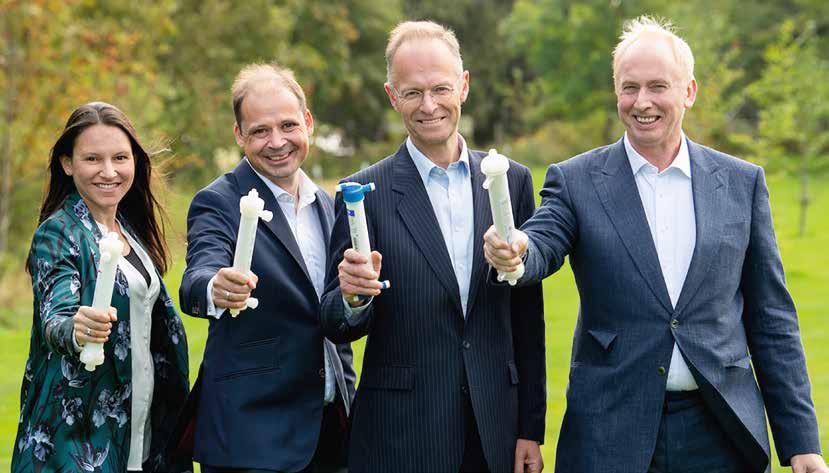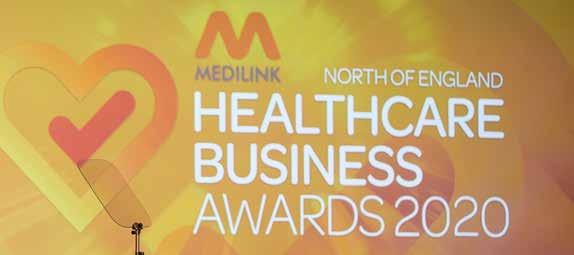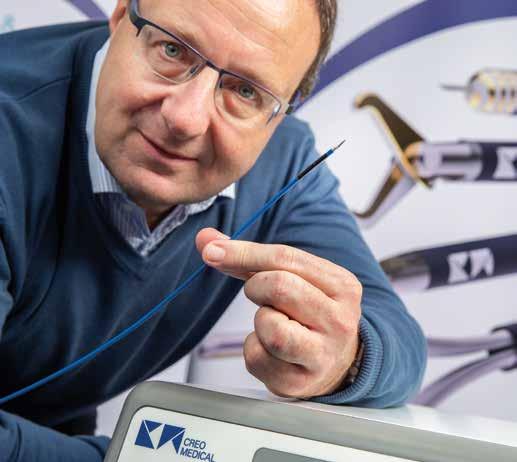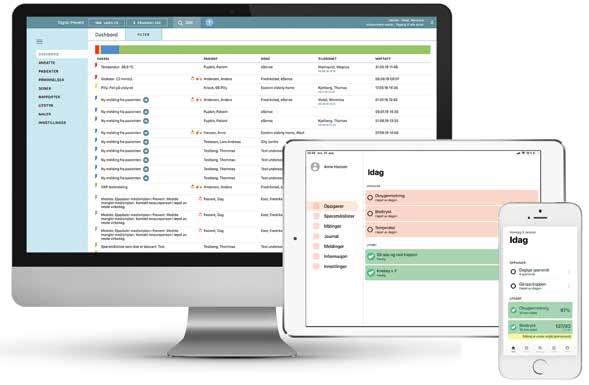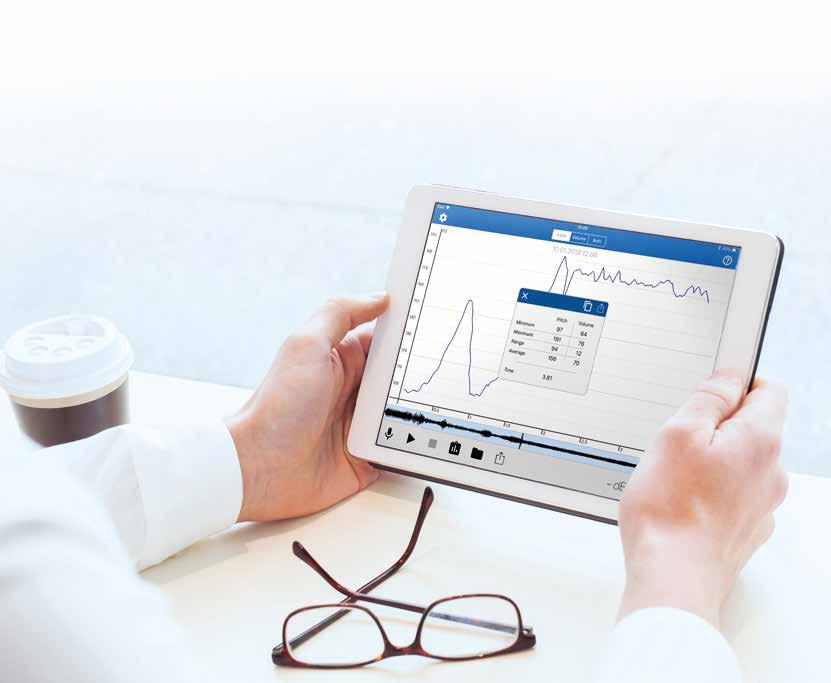Regulatory
Top 5 tips for medical device IP protection Katherine Wright, of AdamsonJones gives her top 5 tips on intellectual property protection for medical devices...
T
in development about the potential protection that might be obtainable are crucial, as a patent application must be filed before the product is made public.
1. Freedom-to-operate
Choosing the appropriate time to file a patent application is also important: too early and there may be insufficient information available to file a strong application, but a delay until every aspect of the product is finalised risks a third party developing and seeking protection for a similar product in the meantime. Early and ongoing discussions with a patent attorney can help to identify the most appropriate point in the development of a technology to file a patent application.
he field of medical devices is highly innovative and an area in which there are large numbers of existing patents and registered design rights. When developing new products, it is important to consider both your freedom to work in view of existing rights, as well as potential protection for your own products.
As protection is often sought for even minor innovations in medical devices, there is a crowded field of pending and granted patent and design rights relating to all types of medical device. These existing rights can stand in the way of a medical device you intend to bring to market, or it may be possible to design around them. Seeking advice during the development phase of your product enables potentially problematic patents and/or registered designs to be identified and analysed at an early stage, before significant amounts of money have been invested into tooling and equipment.
2. IP protection – is it possible and/or appropriate? It is also important to consider whether a new device or process can be protected by a patent and/or by design rights, and whether trademark protection is appropriate for the product name or logo.
3. Discuss patent options early in the development process A patent can be used to protect a technical innovation or new manufacturing process. Where patent protection is a possibility, discussions at an early stage
4. Consider protecting the appearance of the product with a registered design Design rights protect the appearance of a product and may be applied for in conjunction with a patent application, to protect the appearance as well as the function of the product. Alternatively, a design right may be sought where the new development is not sufficiently innovative for a patent protection application to be worthwhile, but where the appearance of the product is original. Unlike when applying for a patent, there is a short grace period (six months) after a product has been made available to the public, during which an application for a registered design right may be filed. In addition, registered designs are granted comparatively quickly, providing fast protection, but their validity is not tested unless and until the design right is asserted against an infringer.
5. Consider trademark protection before a name or logo is finally fixed For any medical device, there are typically a number of companies producing goods that fulfil a similar need, and the ability to differentiate your product from those of your competitors through a distinctive brand is important. A trademark is a sign, symbol or graphic which identifies products from a particular source, and registering your trademarks enables you to prevent a third party from being able to copy the name or logo associated with your product. An application for a trademark may be filed at any time, but there are certain limitations e.g. the trademark may not be descriptive of the product. In addition, the trademark application may be opposed by companies who hold similar marks. Although it is normally possible to overcome oppositions of this nature, perhaps through settlement or agreement to limit the trademark to a particular subset of goods, consideration of trade mark protection before a name or logo is finally fixed means that there may be some flexibility to modify or change a mark should it be found not to be allowable.
In summary Particularly in the crowded field of medical devices, freedom-to-operate and potential protection (patents, designs and trademarks) should be key aspects of any product development, considered alongside and helping to drive the development process. Ideally, these issues should be considered at an early stage of product development, with regular reviews to ensure that significant time is not invested in technology already protected by a third party, and to ensure that the correct protection is being sought for your own innovations. www.adamson-jones.co.uk
40
Issue 18 www.abhi.org.uk



